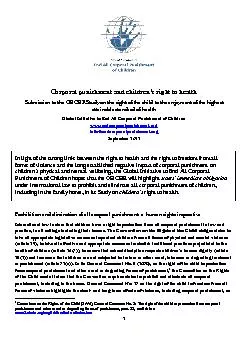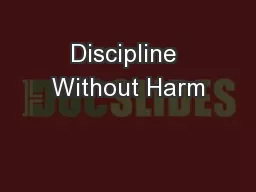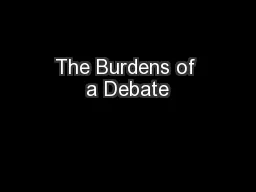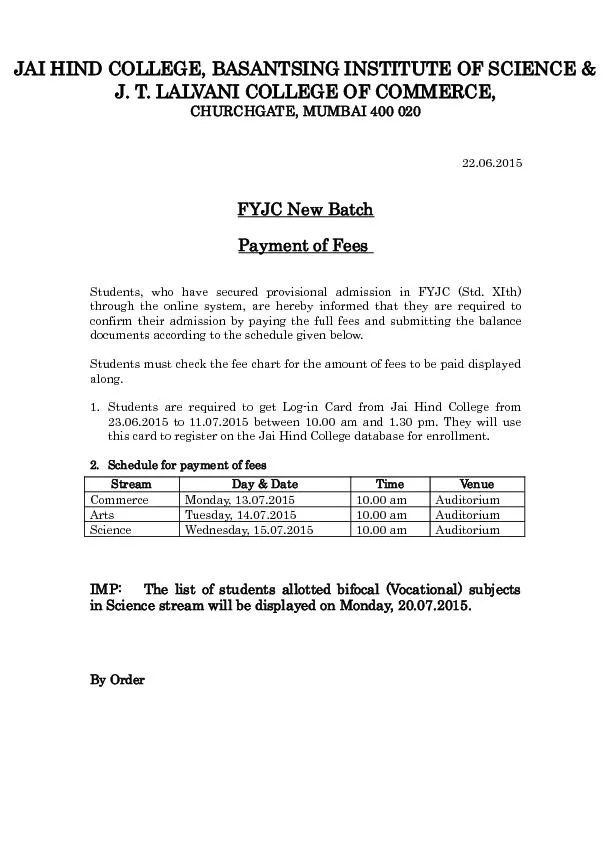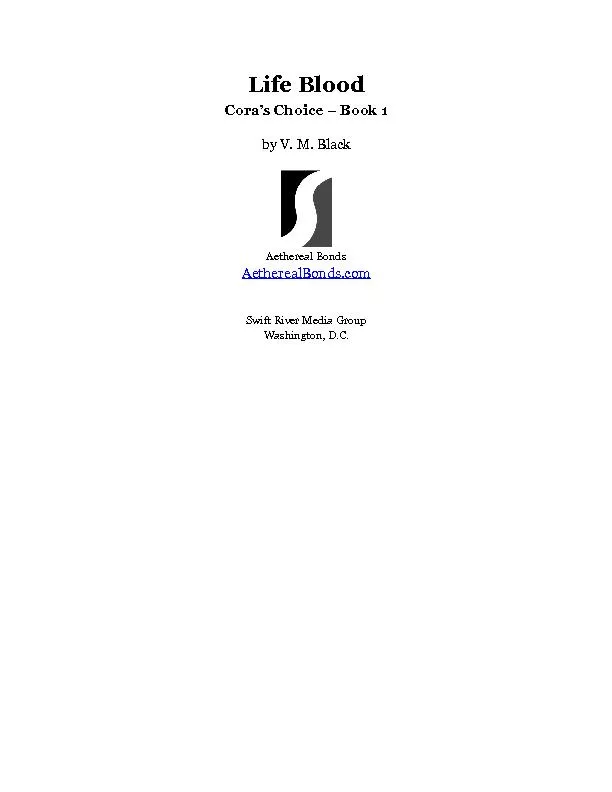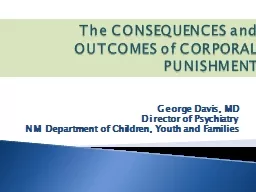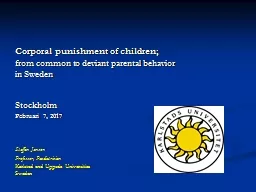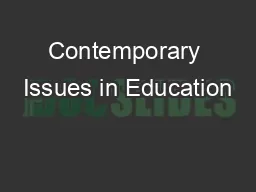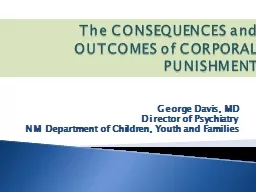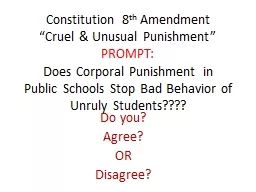PDF-Corporal punishment and children’s right to health
Author : conchita-marotz | Published Date : 2016-02-27
1 Submission to the OHCHR Study on the right of the child to the enjoyment of the highest attainable standard of health Global Initiative to End All Corporal Punishment
Presentation Embed Code
Download Presentation
Download Presentation The PPT/PDF document "Corporal punishment and children’..." is the property of its rightful owner. Permission is granted to download and print the materials on this website for personal, non-commercial use only, and to display it on your personal computer provided you do not modify the materials and that you retain all copyright notices contained in the materials. By downloading content from our website, you accept the terms of this agreement.
Corporal punishment and children’s right to health: Transcript
Download Rules Of Document
"Corporal punishment and children’s right to health"The content belongs to its owner. You may download and print it for personal use, without modification, and keep all copyright notices. By downloading, you agree to these terms.
Related Documents

